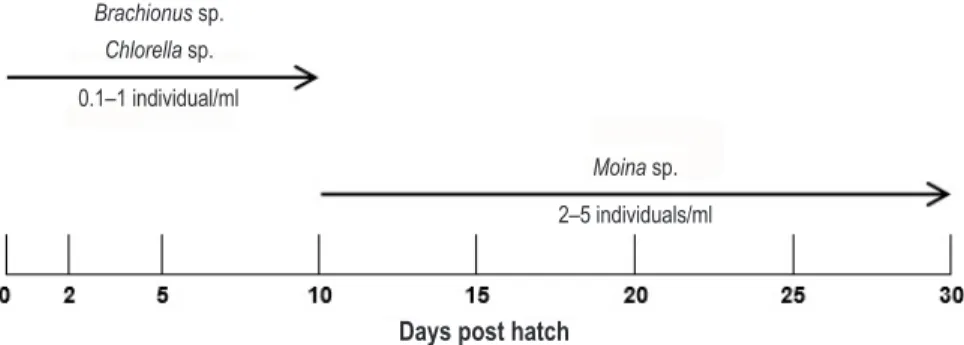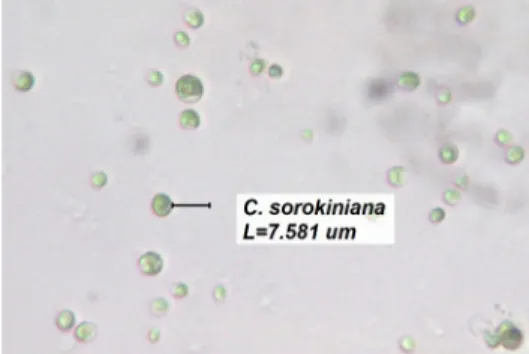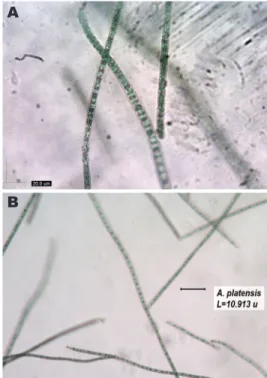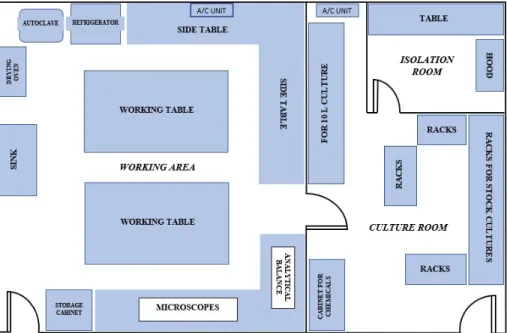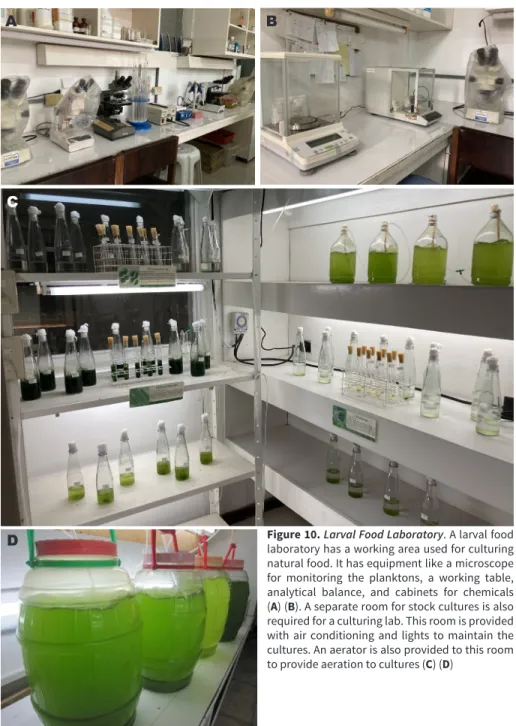Since live food organisms are essential food sources in larval growth and fry production, SEAFDEC/AQD has been researching natural food since the 1970s alongside its pioneering work on shrimp and milkfish larval rearing. Preface v About the Handbook vi Introduction 1 Importance of live cultured food organisms for seeds 2 Larval growth of freshwater fish and shrimp. Live food organisms are important food sources during the early feeding stages of various cultured freshwater fish and shrimp larvae.
On the other hand, zooplankton or zooplankton such as rotator nauplii (Brachionus sp.), cladocera (Moina sp.) and sea shrimp (Artemia) are often used as starter live food in the culture of various species of fish and shrimp larvae. Successful larval rearing and fry production depends on the availability of suitable living organisms for food. 2 Importance of cultured live food organisms for hatchery breeding of freshwater fish and shrimp larvae.
Several of these species require natural or cultured live food organisms in their early larval stages. The following shows the different freshwater shrimp and fish species and the live food organisms required during their larval stages. The commonly used live food given to shrimp larvae is the brine shrimp Artemia nauplii.
Importance of cultured live feed organisms for hatchery rearing of freshwater fish and shrimp larvae.

Phytoplanktons
Algal stock cultures are kept in racks with a 32-watt fluorescent lamp overhead to provide illumination. The use of fluorescent lamps that emit blue or red light can also be used for indoor growing, as these are the most active parts of the light spectrum for photosynthesis. For stock cultures (test tubes, flasks), it is recommended to manually shake/stir the culture every day.
For the closed system, where the environment can be controlled and where the stock cultures of microalgae are grown, materials are sterilized to avoid contamination. Culture media used for stock cultures of microalgae (Binangonan Research Station Pantastico or BRSP Medium for Chlorella sp., Spirulina-Ogawa-Terui or SOT Medium for Arthrospira platensis, Walne's Conwy Medium for marine species) are autoclaved (at 121 °C ) sterilized , under 15 psi pressure for 15 minutes) or pressure cooker (at 121 °C, under 15 psi pressure for 15 minutes). An incubator (B) and/or an autoclave (C) are commonly used for sterilization of material for algal culture.
Pure monospecies cultures are important, especially if these microalgae are used for food or pharmaceuticals, or in aquaculture as a food source for fish and/or shellfish larvae. Mixed samples will undergo a series of transfers across a series of test tubes to reduce the number of microalgae cells. Research institutions such as SEAFDEC/AQD (Tigbauan Main Station and Binangonan Freshwater Station) have readily available inoculum or algae starters that can be used for further cultivation.
Temperature, lighting, aeration and pH conditions must be observed to avoid a collapse of the culture. 2.5–5 % volume of microalgal inoculum is used for stock cultures, as it is allowed to grow for a longer period. Stock cultures in solid form are grown in agar slants with enriched medium streaked with the inoculum of microalgae.
In contrast, stock cultures are prepared in liquid form by adding inoculum to tubes or flasks with enriched medium. BRSP medium is used to grow Chlorella sp. see Appendix 1-A), while SOT medium is suitable for Arthrospira platensis (see Appendix 1-B). Algae Culture Agar/Broth is usually used to grow any microalgae and BG-11 Agar/Broth is used to grow blue-green microalgae or cyanobacteria.
Stock cultures can be maintained using sterilized recycled bottles and test tubes, where they are kept in a well-lit, temperature-controlled room. Using this method, about 75% of the culture is harvested as live feed while the remaining 25% is used for subculture (Figure 16).
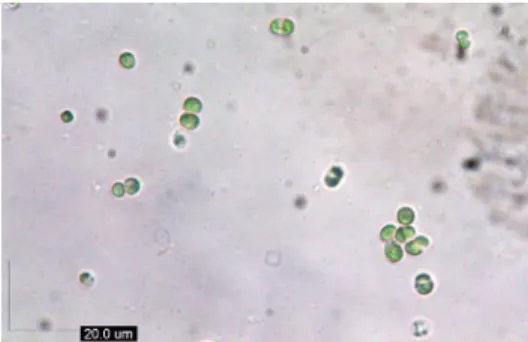
Zooplankton
Rotifers are one of the zooplankton most commonly used in aquaculture, specifically those belonging to the genus Brachionus. These rotifers can be obtained by hand picking them in a mixed sample of zooplankton or by obtaining them from a reputable institution that maintains rotifers for culture or for research. Nevertheless, it is recommended to acclimatize rotifers first if they will be used as feed for larvae reared at lower salinity to avoid sudden salt shocks that will collapse the rotifer culture.
Aeration can be added, but it should not be too strong to avoid damage to the rotifers. It is recommended to have stock cultures of rotifers as a backup source in case contamination occurs in the mass cultures. Stock cultures are stored in closed bottles/containers in an isolated area to prevent contamination.
Baker's yeast and rice bran are also some of the food sources used in growing rotifers. The culture is maintained by adding baker's yeast on the first day and adding microalgae again the next day. After four days, some of the rotifers are harvested while the remaining will be used again for another batch of culture (Figure 21).
As with rotifers, optimal physicochemical parameters favoring the Moina culture should be ensured, and it is also advisable to have stock cultures available. Moina culture is also the same as in rotifer culture, where Moina kept in containers/tanks are fed daily with microalgae. The color of the microalgae in the Moina culture water becomes lighter as the Moina density increases.
It also indicates that the microalgae has been fully digested and needs to be replenished, or the Moina is ready to be harvested.
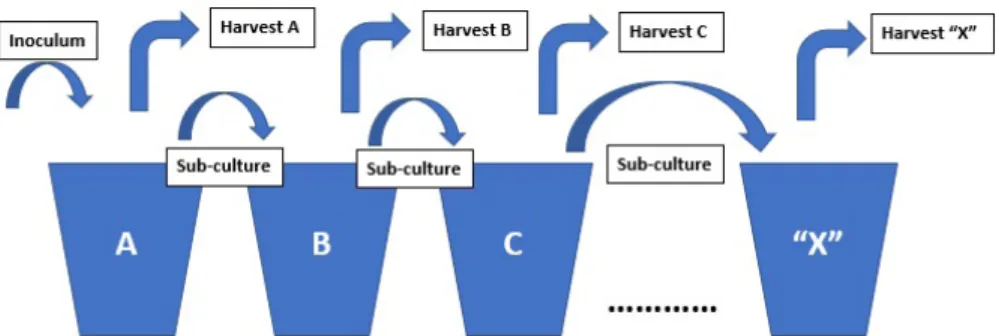
Nutritional value of planktons
Other live feeds
Formulation of Culture Medium
Methods of Counting Phytoplankton and Zooplankton
Count the zooplankton or Artemia in the four chambers and when you are done, take the average. Effect of yeasts, chicken manure and daily feeding of Chlorella ellipsoidea on population growth of Moina micrura. The effect of rapid changes in temperature and salinity on the availability of the rotifers Brachionus rotundiformis and Brachionus plicatilis.
Phytoplankton - unicellular, free-floating and solitary or colonial, which can usually be found in bodies of water. They are microscopic unicellular or multicellular invertebrates that feed on phytoplankton, making them secondary producers in the food chain. The authors would like to thank all members of the SEAFDEC/AQD Publications Review Committee and Drs.
Victor Marco Emmanuel Ferriols of the University of the Philippines Visayas for their review of the manual's contents. Aya started as an Associate Scientist and later promoted to Scientist in the Nutrition and Feed Development section of the SEAFDEC Aquaculture Department (SEAFDEC/AQD). He obtained his BSc Fisheries degree from the University of the Philippines in the Visayas on a scholarship from the Bureau of Fisheries and Aquatic Resources.
He was also a postdoctoral fellow in fish nutrition at the Department of Marine Biomaterials and Aquaculture/Feed and Food Nutrition Research Center, Pukyong National University, Busan, Korea as a National Research Foundation of Korea Scholar. He conducts research in the area of nutrition, breeding and reproduction of native freshwater fish species such as silver terrapin and climbing perch. Frolan is a member of the Ichthyological Society of Japan, the National Research Council of the Philippines, and the Philippine Society for Freshwater Science.
Romana-Eguia obtained her BSc in Zoology from the University of the Philippines in Diliman in 1982, after which she became a member of SEAFDEC/AQD. Tan Memorial Awards as Best Published Paper in Aquaculture in and 2010 from the Philippine Council for Aquatic and Marine Research and Development (now the Philippine Council for Agriculture, Aquatic and Natural Resources Research and Development or PCAARRD) of the Department of Science and Technology. In addition to being a technical evaluator for government aquaculture projects, she sits as a scientific advisor to the Philippine government in UN meetings on issues related to marine genetic resources and aquatic biodiversity.
The Southeast Asian Fisheries Development Center (SEAFDEC) is a regional treaty organization established in December 1967 to promote fisheries development in the region. The policy-making body of SEAFDEC is the Board of Directors, composed of representatives of the Member States.
ABOUT SEAFDEC



